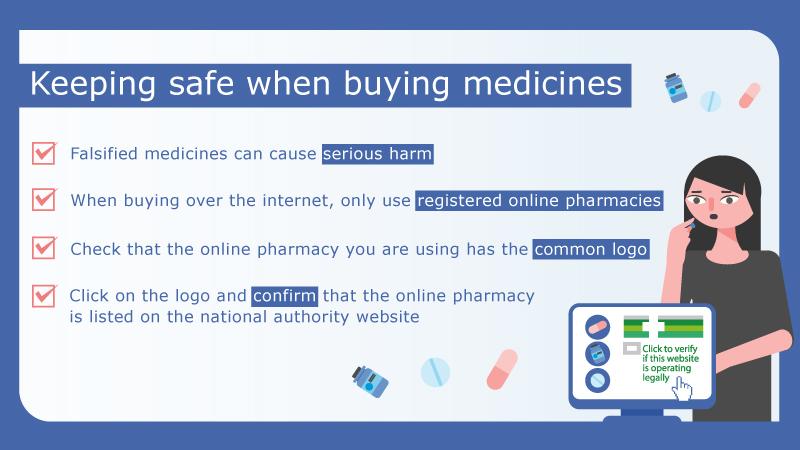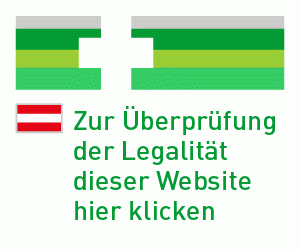Falsified medicines: overview
Falsified medicines are fake medicines that pass themselves off as real, authorised medicines. The European Union (EU) has a strong legal framework for the licensing, manufacturing and distribution of medicines, centred around the Directive on falsified medicines for human use, so that only licensed pharmacies and approved retailers are allowed to offer medicines for sale, including legitimate sale via the internet. The European Medicines Agency is working closely with its partners on the implementation of these laws.
Human
Veterinary
Compliance and inspections

